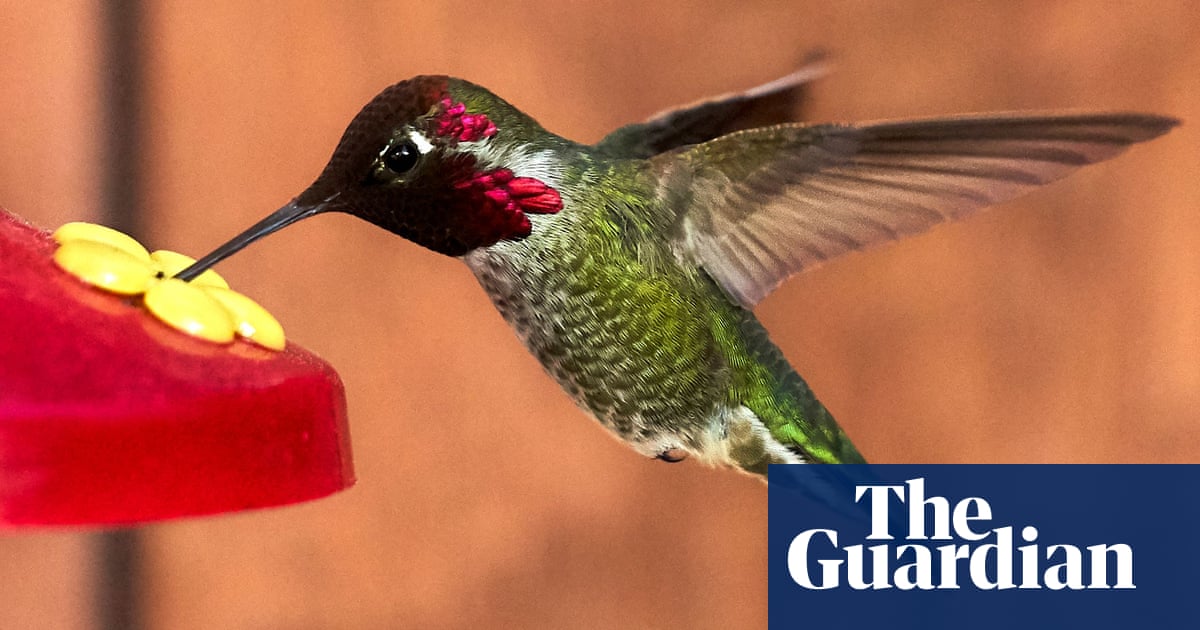Which came first: the feeder or the bird?
A seemingly straightforward question, but the answer might not be so simple. According to a recently published study inGlobal Change Biology, the use of human-made hummingbird feeders has changed the beak sizes and shapes of Anna’s hummingbirds, and spread their range from a narrow pocket of California all the way up the coast to British Columbia.
Nicolas Alexandre, one of the paper’s authors, collaborated with 15 other researchers from a cumulative 12 institutions to produce the paper, which has been in the works since 2019. Alexandre compared the spread of Anna’s hummingbirds to that of a better-known, less beloved aviatory fellow.
“Anna’s hummingbirds are kind of like the pigeons of the hummingbirds because they’ve expanded north with human settlement,” Alexandre said.
The changed bill shape and habitat size happened at a breakneck pace, evolutionarily speaking. Researchers analyzed archives fromNewspapers.comto look at the expansion of eucalyptus forests in California, a prime source of nectar introduced from Australia in the mid-19th century, and advertisements for hummingbird feeders. Urbanization statistics were pulled from the US census; bird populations were based off data from the Audubon Society’s annual Christmas bird count; and bill shapes and sizes were pulled from museum specimens.
The results were clear: as urbanization, particularly after the second world war, brought hummingbird feeders up theCaliforniacoast, Anna’s hummingbirds followed, and their beaks became “more tapered and longer” to adapt to a new food source. Alexandre said that, from a hummingbird’s point of view, the feeders are a no-brainer.
“Imagine you have a bunch of flowers and the shape of the flower is going to constrain how efficiently you can feed from that flower. Now imagine you have this giant reservoir of nectar that’s always available,” Alexandre said. “I want to get as much nectar with every drink before someone displaces me at the feeder. A longer beak with more volume is going to be advantageous.”
While Anna’s hummingbirds may have spread their wings to a wider range, hummingbird populations as awhole are on the decline. Alexandre views the case as a neat example of human hobbies pushing environmental change, and says the paper opens questions regarding why some species are flourishing in the face of human-induced change while many others struggle.
“It is a great example of how morphological change can happen really rapidly in response to an environmental change,” Alexandre said. “There’s so many other species that aren’t able to change at the same rate climate change is happening.”
